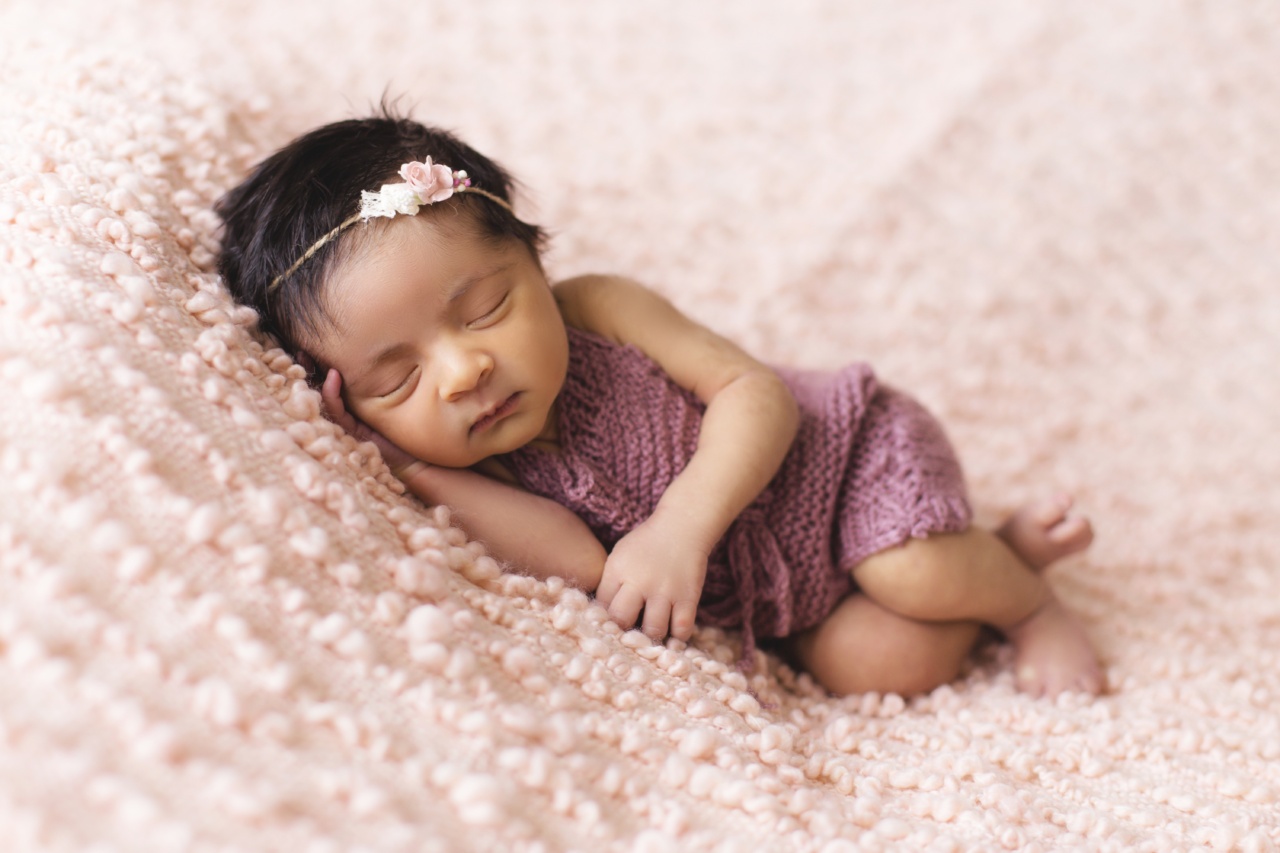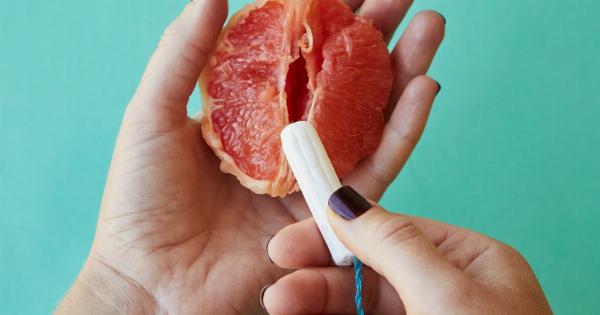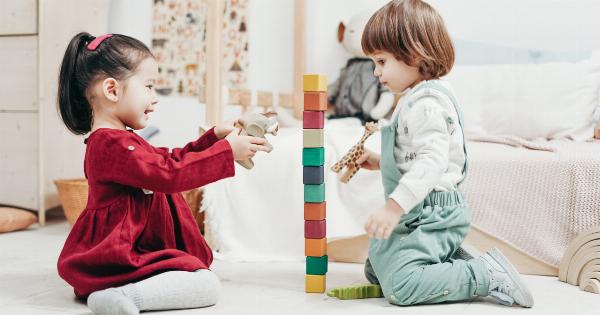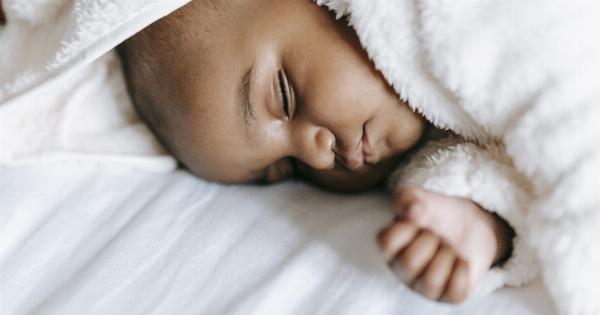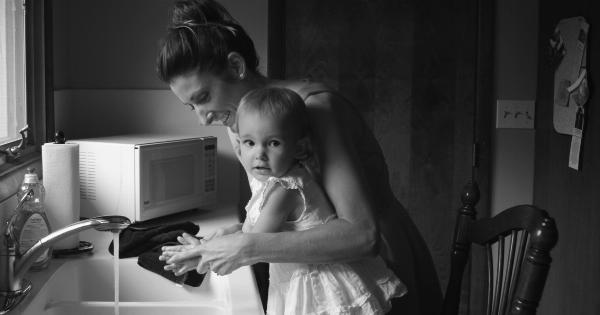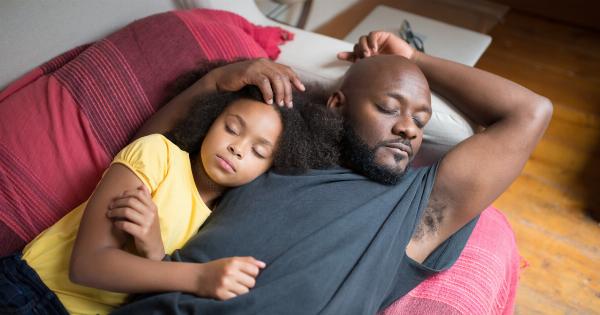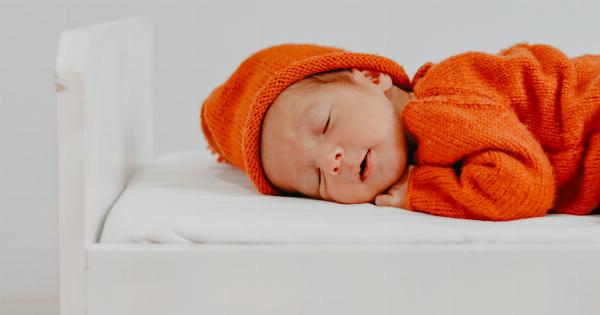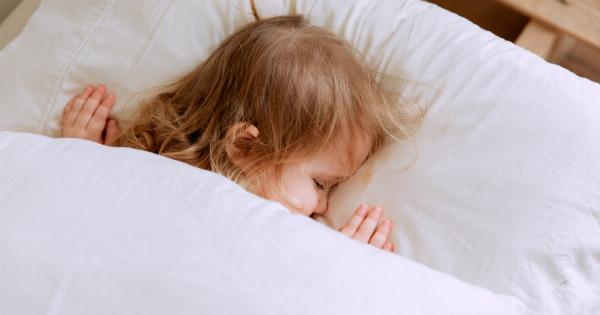Sleep is essential for the healthy development and growth of babies. As a parent, it is important to ensure that your baby is practicing safe sleep habits to reduce the risk of Sudden Infant Death Syndrome (SIDS) and other sleep-related accidents.
In this article, we will discuss expert recommendations on safe sleep practices for babies.
1. Back to Sleep
The American Academy of Pediatrics (AAP) recommends that babies should always be placed on their back to sleep to reduce the risk of SIDS.
This position ensures that the baby’s airway remains clear and reduces the likelihood of suffocation or choking.
2. Use a Firm Sleep Surface
It is crucial to provide a firm sleep surface for your baby. Avoid soft bedding, pillows, and plush mattresses as they can increase the risk of suffocation.
Instead, use a crib mattress that meets the safety standards set by the Consumer Product Safety Commission (CPSC) and AAP.
3. Create a Safe Sleep Environment
Make sure your baby’s sleep environment is safe and free from any hazards. Remove loose objects, such as stuffed animals, toys, and blankets from the crib. These items can pose a suffocation or choking risk.
Keep the crib or bassinet away from cords or drapes that could potentially strangle your baby.
4. Share a Room, Not a Bed
While it is recommended to share a room with your baby, it is important to avoid bed-sharing. The risk of accidental suffocation, entrapment, or rolling over the baby is high when adults sleep with babies.
Instead, place your baby’s crib or bassinet in your room for convenient nighttime feedings and monitoring.
5. Dress Your Baby Appropriately
It is important to dress your baby appropriately for sleep to prevent overheating. Overheating has been linked to an increased risk of SIDS. Dress your baby in a one-piece sleeper or a wearable blanket appropriate for the ambient room temperature.
Avoid using heavy blankets or multiple layers of clothing.
6. Avoid Smoke Exposure
Smoke exposure has been associated with an increased risk of SIDS. It is crucial to keep your baby’s environment smoke-free. Avoid smoking during pregnancy and after the baby’s arrival.
Additionally, ensure that your home and car are smoke-free environments to protect your baby’s respiratory health.
7. Breastfeed Your Baby
Experts recommend breastfeeding your baby as it has been found to reduce the risk of SIDS. Breast milk provides important antibodies and nutrition that protect your baby’s immune system.
If possible, try to exclusively breastfeed your baby for the first six months and continue breastfeeding alongside complementary foods for at least one year.
8. Follow Safe Sleep Guidelines for Naps
The same safe sleep practices should be followed for daytime napping. Ensure that your baby is placed on their back on a firm sleep surface with no loose bedding or objects.
If you are using a portable crib or play yard for napping, check that it meets the safety standards and guidelines provided by the manufacturer.
9. Consider Pacifier Use
Using a pacifier during sleep has been associated with a reduced risk of SIDS. If your baby is breastfeeding, wait until breastfeeding is well established before introducing a pacifier to avoid any interference.
Place the pacifier in your baby’s mouth at naptime and bedtime, but if it falls out during sleep, there is no need to put it back.
10. Stay Up to Date with Safe Sleep Recommendations
Safe sleep recommendations may evolve over time as new research and guidelines emerge. It is important for parents to stay informed and updated with the latest safe sleep practices for babies.
Attend parenting classes, consult with healthcare professionals, and refer to trusted sources such as the AAP for the most up-to-date information.
Conclusion
Your baby’s safety during sleep is of utmost importance. By following these expert recommendations on safe sleep practices, you can reduce the risk of SIDS and create a safe sleep environment for your little one.
Remember to always place your baby on their back to sleep, provide a firm sleep surface, and eliminate any potential hazards from the sleep environment. Stay informed and follow the latest safe sleep guidelines to ensure your baby’s well-being.
